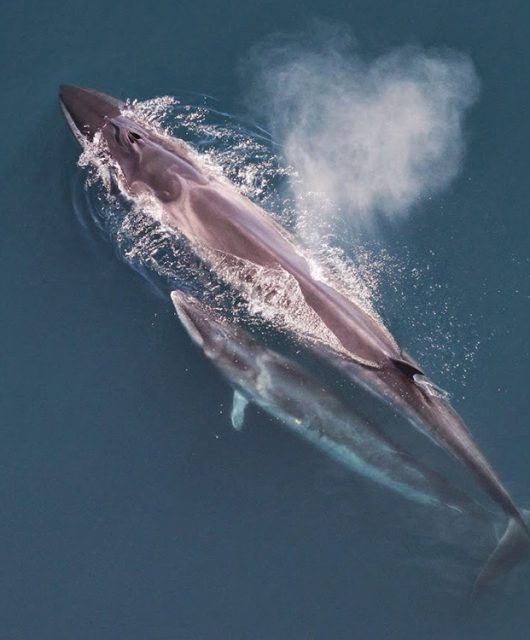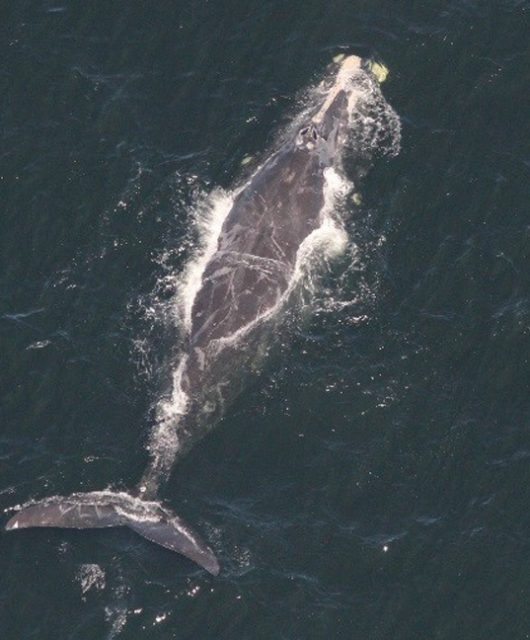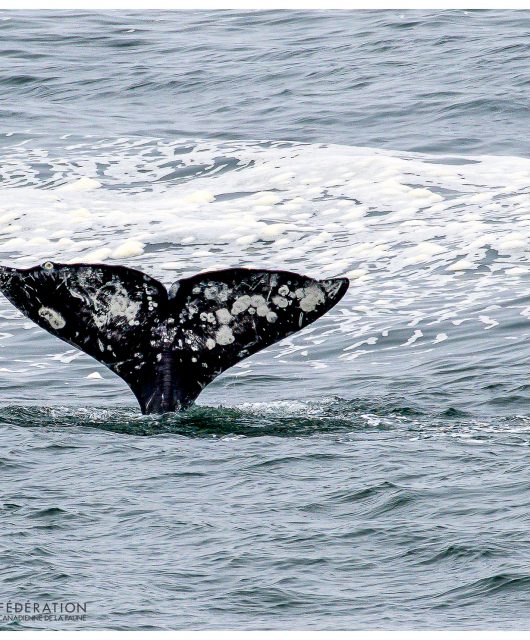Our friends at WHaLE deployed a glider into the southern Gulf of St. Lawrence in early June, just before aerial and shipboard surveys discovered several Right Whales north off the Shediac Valley.
For the first few weeks of deployment, the glider was fairly far north of where the Right Whales had been sighted. I was frustrated by the lack of Right Whale calls on the glider. The animals were clearly present in the region, but the glider appeared to be too far north. By late-June it was time to take action and redirect that glider south.
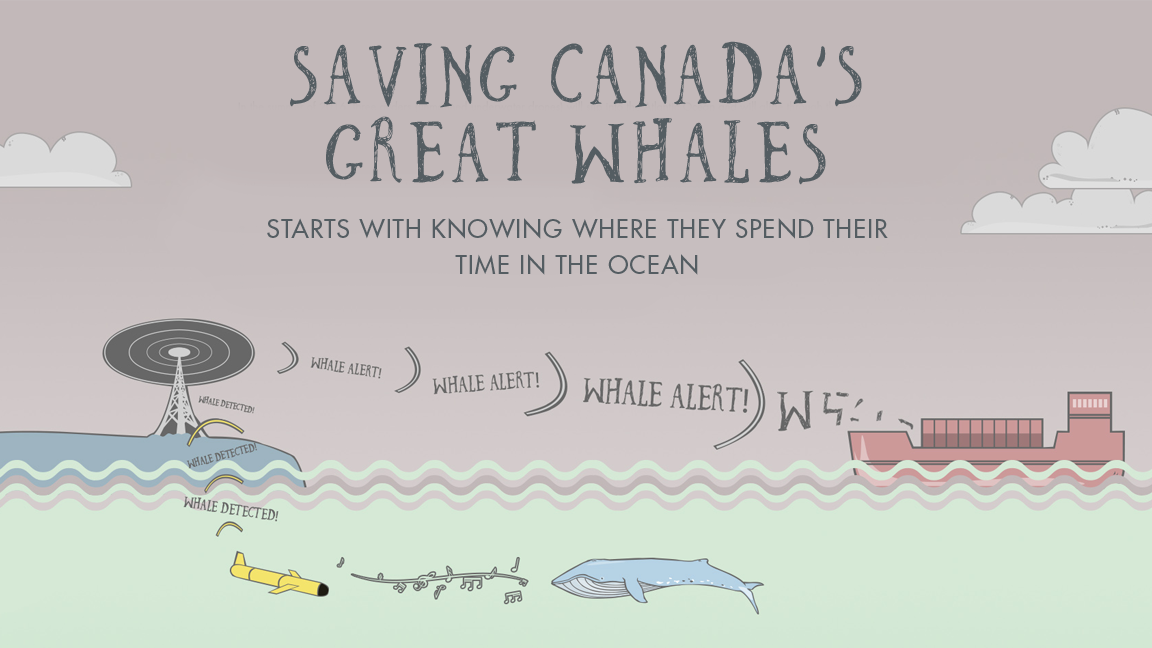
How gliders work
Gliders move by changing their internal buoyancy. When they get to the ocean surface, they move a piston inward to become denser and sink, and when they arrive near the seafloor, they move the piston outward which enables them to become lighter and float slowly back up to the surface. There is a fairly narrow range of ocean densities that the glider can navigate in this manner, so before the glider is deployed, the technicians ballast the glider to the range of ocean densities that we expect the glider to encounter.
We are learning to expect the unexpected in the Gulf of St. Lawrence
If you live in Ontario, then flooding might have been a topic of conversation over the spring and summer months. What you may not know is that to help ease the impact of flooding in the Great Lakes, the government released dam water into the St. Lawrence river. The St. Lawrence river empties into the ocean where our glider was flying. The combination of severe rainfall and the dam release caused a freshwater (i.e., low density) lens to cap the ocean water throughout the southern Gulf. The salinity of the water was the lowest ever measured since monitoring began in 1965. Because of this low density surface lens, the glider struggled to get to the surface on each dive, and was making no headway south.
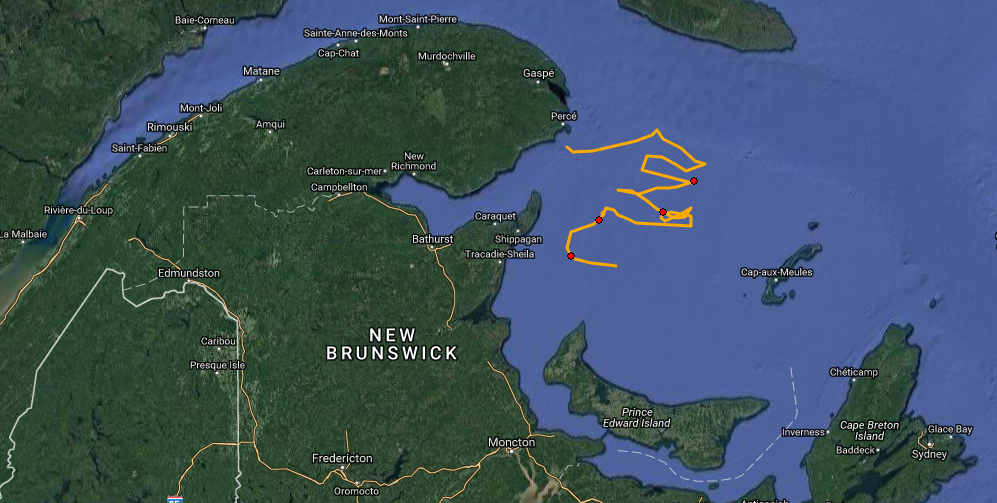
Technical support to the rescue
Adam Comeau, an Ocean Tracking Network glider technician, raced out to the glider on a fishing boat out of North Port, PEI, to collect the glider. The glider was designed with external weights that could be removed or added to change the weight of the glider (and hence the density range it could navigate) on the fly. By removing some of these weights, Adam was able to save the glider mission. The glider eventually moved south and began recording right whale sounds, and many other biological sounds, in great quantity. Thank you Adam!

